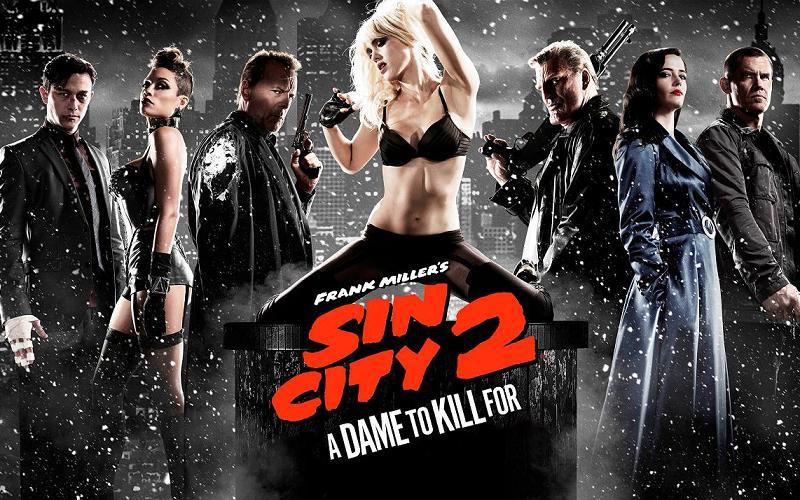 Prime Focus World would certainly be ruing over the fact that the VFX power-house has lost the services of one its most senior stereoscopic supervisor Justin Jones to competitor Legend3D.
Prime Focus World would certainly be ruing over the fact that the VFX power-house has lost the services of one its most senior stereoscopic supervisor Justin Jones to competitor Legend3D.
Jones’ mandate at Prime Focus was to oversee the creative aspect of 3D projects. Early in the project cycle, he would collaborate with the client to develop a creative strategy and establish the show structure and workflow. He worked closely with the show’s producer to conduct shot analysis, schedule consultation, departmental organisation and pipeline development. Jones’ would also keep tab on the progress made by the show across teams in North America, India and the United Kingdom.
While at Prime Focus, Jones has worked with clients like: Lucasfilm, Dreamworks Animation, Paramount Pictures, Relativity Media and Warner Bros, apart from collaborating with Industrial Light & Magic visual effects supervisors, John Knoll and Dennis Muren.
In his new role at Legend3D as stereoscopic and virtual reality supervisor, Jones would be, “Creating immersive content for the big screen and one strapped to your head,” as he describes it himself.
Speaking to us earlier about his collaboration with some legendary filmmakers Jones revealed: “Every project has been unique. I recall doing a lot of stereo renders on Avatar and helping director James Cameron with stereo aspects as well. Whatever Cameron shot, we worked alongside the stereographers of his team to bring out the best visual result, and were commended for our dedicated efforts.”
He further stated: “Working on Transformers alongside Michael Bay and Cory Turner was equally enjoyable, but to be able to work on Star Wars was a personal high as it is one of my favourite movie franchises. Working with Lucasfilm was a great experience as they have really been doing some great work in the field of advanced technology used in movies.”
Of late, several projects have deployed the process of making stereo images from non-stereo traditional 2D images, also called stereo conversion or dimensionalisation or 3D imagery. The tools used for stereo conversion are roto, ocula, in-painting, rubber mapping and projection. Of which, roto is the primary tool used for stereo conversion by volume. While roto just prepares the material, it is also the most time-consuming portion of the conversion process.
Jones has worked on big ticket Hollywood projects like: Sin City 2: A Dame to Kill For, Journey to Space, I, Frankenstein, The Amazing Spiderman 2, Unannounced Special Venue Attraction, Star Wars: Episode III – Revenge of the Sith, Star Wars: Episode II – Attack of the Clones, Star Wars: Episode I – The Phantom Menace, Wizard of Oz, Immortals, Transformers: Dark of the Moon and Shrek.

